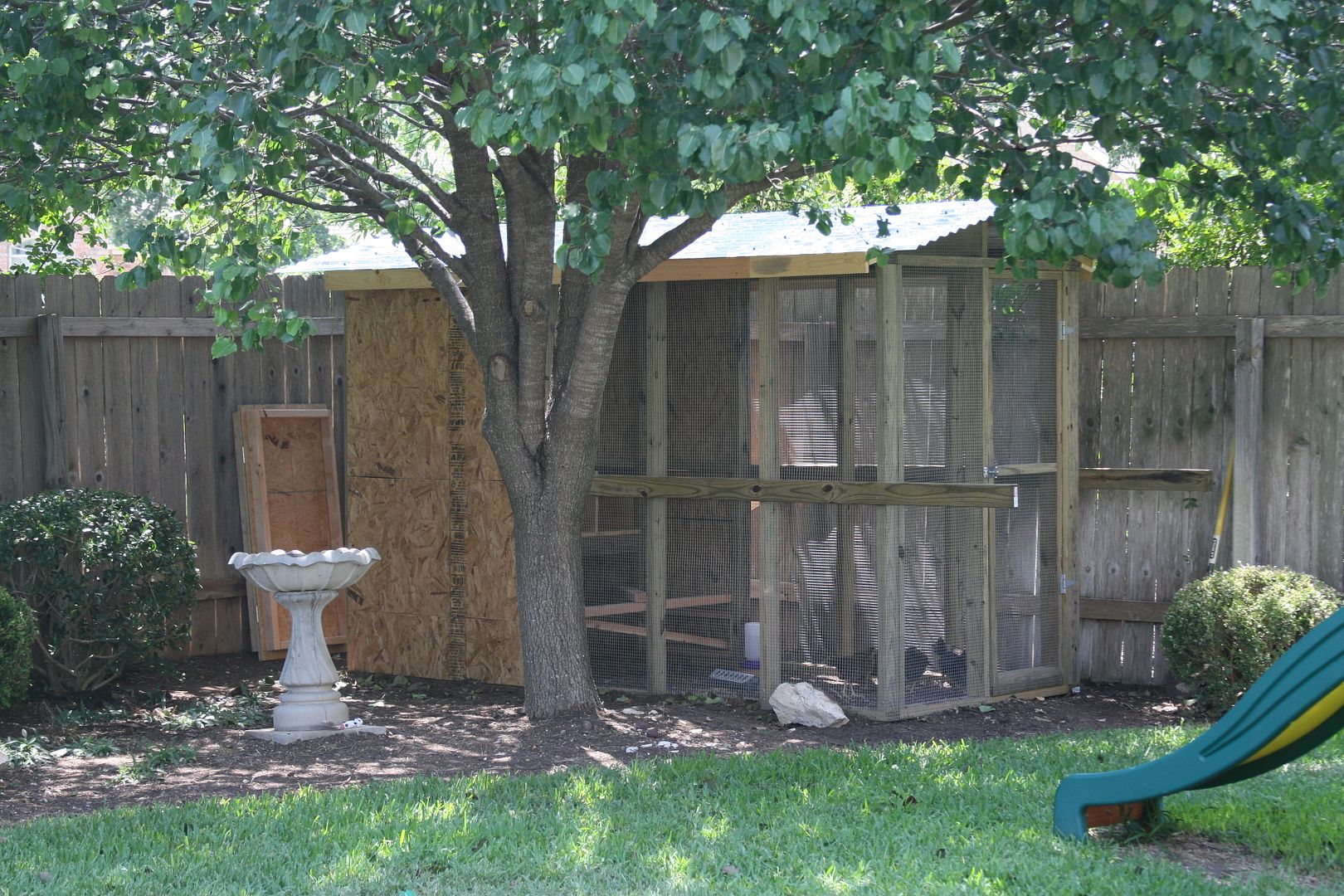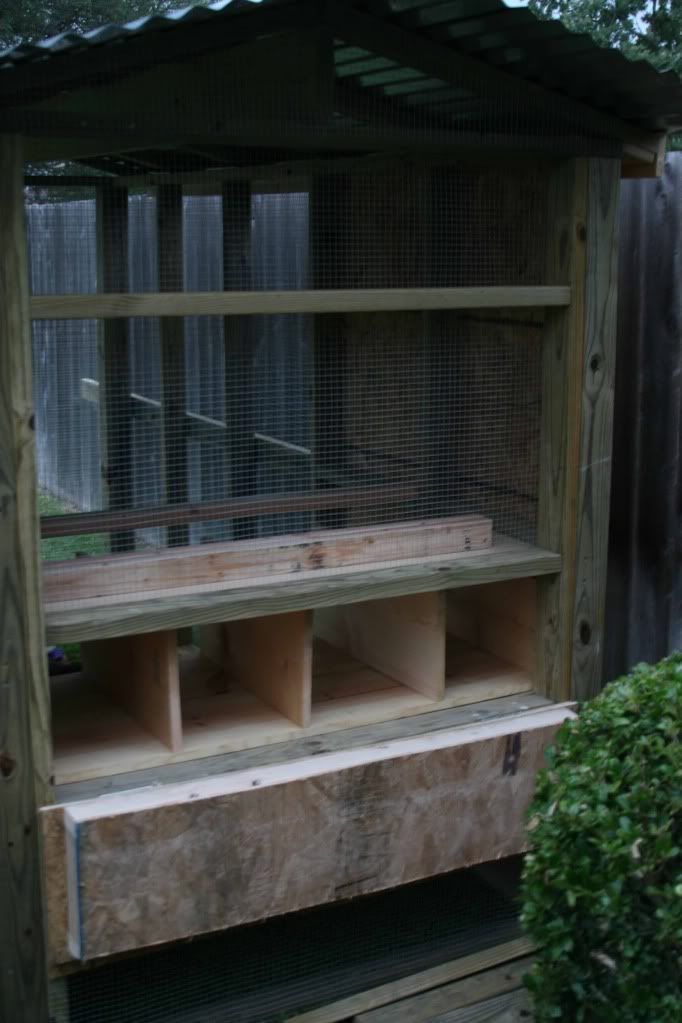- Apr 30, 2011
- 35
- 6
- 34
I've read a few hundred posts and before I convince myself the sky is falling figured Id ask. I have 7 week old chicks that just moved to the outside coop last week. The coop has dirt floor, reclaimed part of my yard which happened to be the manicured flowerbeds. My chicks sneezed occasionally when they were in the brooder with pine shavings, I attributed this to the dust. My question would be is any level of clear nasal discharge acceptable. It appears that they dig around in the dirt their nostrils start running, its a clear liquid. They aren't really coughing but will occasionally sneeze or hack like they have dirt in their nostrils. They are all eating all growing well and showing no signs of swollen faces. I have not seen anything coming from their eyes but they do scratch at their beaks, usually it appears to clean the dirt off that sticks to their beaks. There is no noticeable smell coming from them other than chicken smell, Ive picked each of them up and taken a whiff. I don't mind taking them to the vet if this is necessary but should I be concerned and if so what is my first course of action. I also want to avoid blindly medicating with antibiotics since its what got us where we are with immune nasties. Sorry for the typical my chick has a runny nose question. I want to make sure that a little clear snot is or is not acceptable.
Thanks again,
Chris
Thanks again,
Chris



